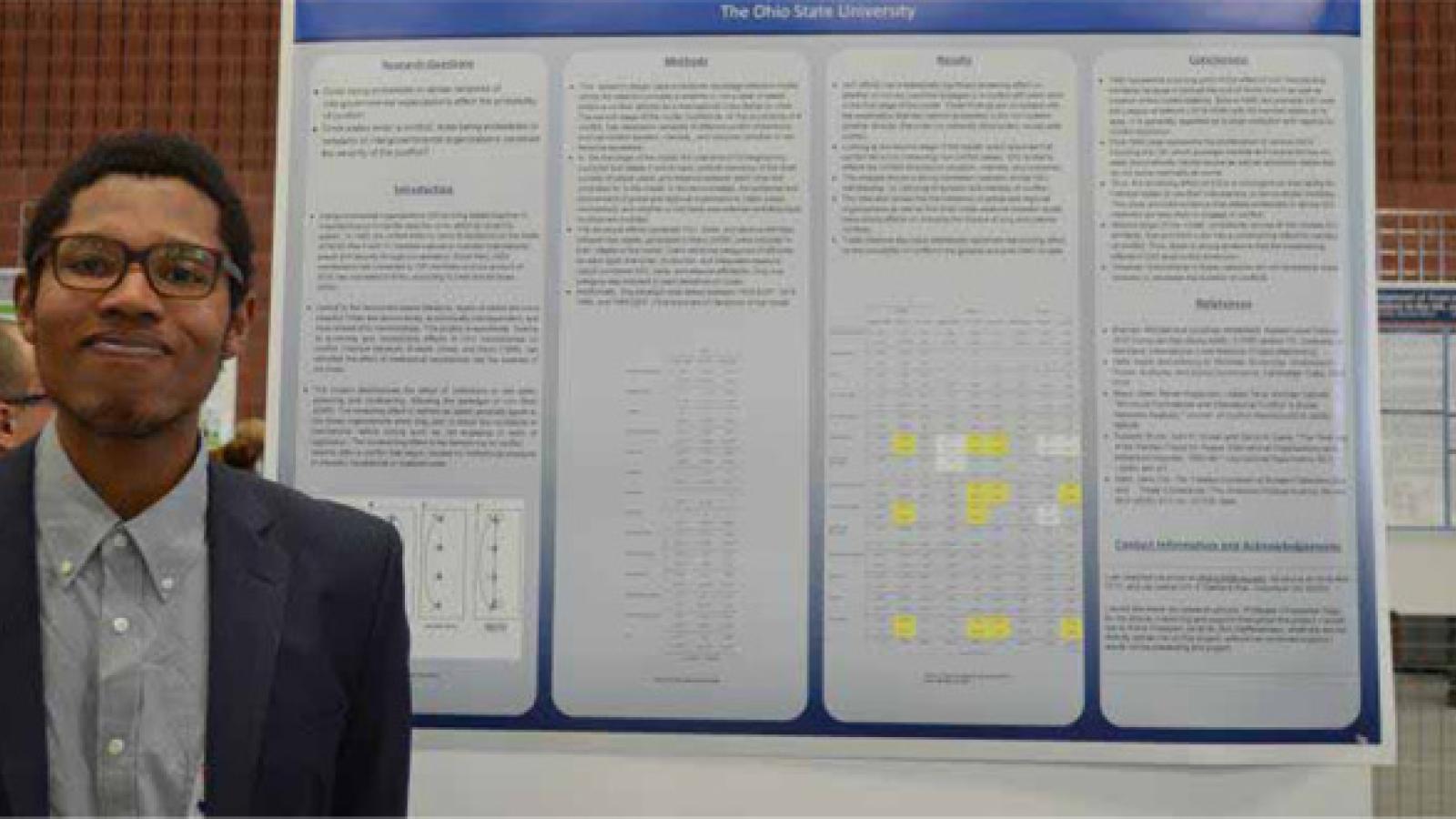Intergovernmental Organization Membership and Conflict Reduction
Presenter: Micah Dillard
Advisor: Prof. Christopher Gelpi
Inter-Governmental Organizations (IGOs) bring states together in impartial forums to handle disputes civilly within an anarchic system. In 1945, the United Nations came into existence on the heels of World War II with 51 member nations to maintain international peace and security through cooperation. Since then, the number of IGOs has continued to increase and UN’s membership has increased to 193 members. However, there is a lack of research on how membership in these overlapping networks of IGOs constrain states from having conflicts. The objectives of this study were to determine the effect of interconnectedness between states through IGO membership on the chance of conflict and its effect on the duration, intensity, and outcome of conflicts. The International Crisis Behavior Database and the structural affinity measures generated in Maoz et al (2006) were used to analyze the relationships between every possible dyad of states between 1816 and 2007. Data on trade and alliance relationships, IGO membership similarities and involvement in global and regional organizations were used to analyze their effects on different conflict dimensions in a two-stage model. The data shows a strong correlation between similar IGO membership and interconnectedness on reducing the duration and intensity of conflicts. The data also shows that the existence of global and regional organizations as well as trade relations between dyads have strong effects on reducing the chance of long and intense conflicts. This study provides evidence that states embedded in dense IGO networks are less likely to engage in conflict, and when they do, conflicts are less severe.

